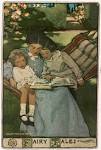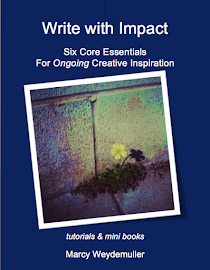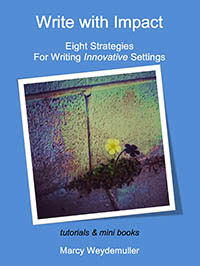Workshop: An Introduction to Writing for Children
and Young Adults
There are two ways to
approach studying the market as an overview. One is to look through relevant
publishing news and see what the publishers are looking for. Another is to know
your genre well and then search the markets that match.
Remember though that a
particular hot topic can become easily saturated, or a quick phase. By the time
you prepare to write and submit the interest has moved on to another. I suggest going deep in your particular
genre or age category or heart story. Follow industry blogs. Attend conferences,
especially one-day ones that organizations offer such as Society of Children’s
Book Writers and Illustrators, American Christian Writers, Romance Writers of
America, and many others. Most welcome guests so you can check out what is
available in your area without an immediate commitment. Most of them have resources to connect
you to critique groups as well.
Search the web for
publishing houses and follow their blogs and newsletters. Publisher’s Weekly
offers free weekly news updates in different categories. Check it out at PW
Children's Bookshelf <ChildrensBookshelf@email.publishersweekly.com>
Even if you are just
starting out choose one or two venues to begin to follow so that when you are
ready to market you already have an idea where to go. Keep lists of interesting
possibilities.
When you are ready to send
out queries and proposals you will already have some general publishers to
consider. Now get down to the details. Check their websites. Look at their
guidelines. LISTEN to what they don’t want.
For example one publisher
listed, “We publish pre-school
storybooks, concept book and middle grade and YA chapter books. No romance novels.” Another
non-fiction market listed, “No memoirs or personal stories.” Yet agents and editors are
continually sent projects that are directed towards the wrong publishers and
immediately returned. The publishers
know their audience and their market. It’s important to take the time to find
the right fit.
For the next few weeks
we’ll walk through the process for a non-fiction article as an example. If you
are writing fiction you are still doing research and you might find some
magazines or guest blogs that can help give you readers when your book
releases.
Here’s a sample of some
magazine non-fiction categories listed in Children’s Writer’s and Illustrator’s
Market: Animal, Arts/Crafts, Biography, Careers, Concept, Cooking, Fashion,
Geography, Health, History, Hobbies, How-To, Interview/Profile, Multicultural,
Nature/Environment, Religious, Science, Social Issues, Sports, and Travel
Action Steps:
1.
Sign
up for the free PW weekly email.
2.
Choose
a publisher you think you might be interested in and read their guidelines.
3.
Check
if the publisher offers sample articles to read online.
4.
Look
through the list above and see how many topics might apply to your fictional
character, or are of interest to you as a non-fiction writer.
Share: Which subject category listed above
looks the most enticing to you? Which topic did you most want to read growing up and/or still do?
Read deep, marcy
 Query
letters are a quick way to find out whether your particular article,
theme, story, genre, will or will not connect with this particular
publisher. And for query letters you can send out several at a time as long as
you have researched the intended market.
Query
letters are a quick way to find out whether your particular article,
theme, story, genre, will or will not connect with this particular
publisher. And for query letters you can send out several at a time as long as
you have researched the intended market.








